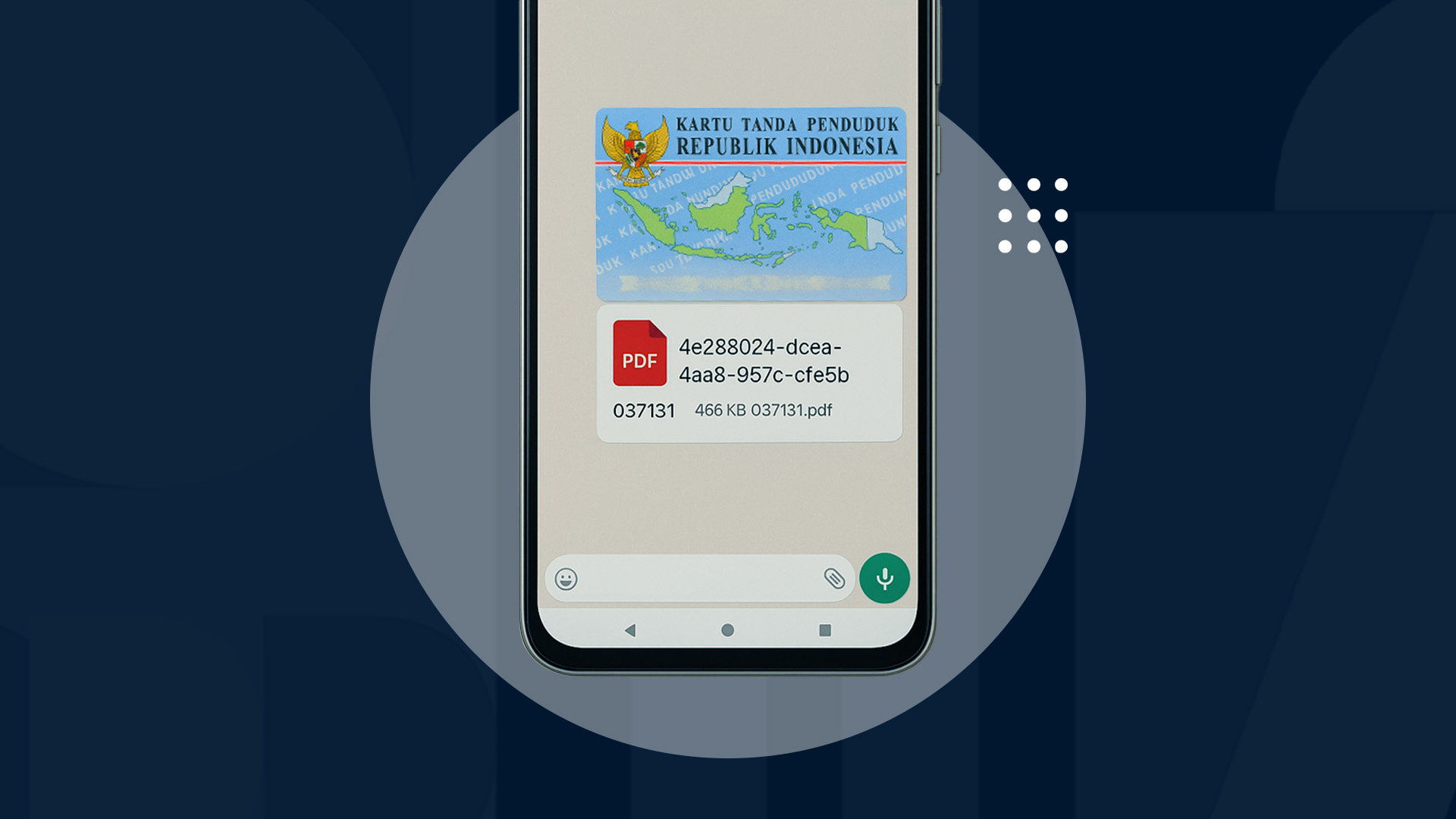When it comes to document security, using a digital signature is not as simple as digitizing a traditional handwritten signature. In fact, digital signatures are a technology designed to secure digital documents and transactions from documents forgery.
Digital signatures work by utilizing cryptographic algorithms to ensure the authentication and integrity of a document. This is why digital signatures can be used to prevent and even detect document forgery.
How do digital signatures work? Why do they have the security strength to protect documents? Here's an explanation.
Understanding Document Forgery
Document forgery is a critical issue that affects businesses across various industries, with 96% of businesses reporting encounters with forged documents.
This alarming statistic highlights a growing threat, driven by factors such as the oversharing of personal information on social media, which allows fraudsters to gather sensitive data more easily. Additionally, the prevalence of data breaches further fuels identity theft, giving criminals the tools they need to create fake documents.
VIDA Whitepaper: "Where's the Fraud? Protecting Indonesian Businesses from AI-Generated Digital Fraud" stated that the impact of document and signature forgery is widespread, especially in industries like finance, real estate, and legal services.
In Indonesia, 67% of businesses have experienced contract forgery and 69% have encountered forged financial documents. For businesses, these forgeries can lead to significant financial losses, data breaches, and damage to reputations.
Document forgery also has a personal toll, with 96% of people knowing someone who has been affected by it. On an individual level, this type of fraud can lead to the loss of personal security, trust from others, and even the integrity of vital academic or legal records. For companies, the stakes are even higher, as the loss of sensitive data and reputational damage can have long-term effects on their success and customer relationships.
Types of Electronic Signatures
There are two types of Electronic Signatures: Certified Electronic Signatures and Uncertified Electronic Signatures. Certified Electronic Signatures are also known as digital signatures. So, what’s the difference between these two types?
Both Certified Electronic Signatures (Digital Signatures) and Uncertified Electronic Signatures meet the requirements of the Electronic Information and Transactions Law (UU ITE) No. 11 of 2008. The difference is that Certified Electronic Signatures (Digital Signatures) include an Electronic Certificate, providing a higher level of security, while Uncertified Electronic Signatures do not include an Electronic Certificate.
Furthermore, Certified Electronic Signatures (Digital Signatures) can only be issued by a Certificate Authority (CA), such as VIDA.
Digital Signatures for Document Security
Now that we understand what digital signatures are and why an ID card is necessary, let's explore why digital signatures provide a layer of security for documents.
1. Digital Signatures Require an ID Card
To ensure that Electronic Signatures have the same legal standing as handwritten signatures, an ID card is required. Users must upload their ID card and complete biometric verification when registering with a CA like VIDA. They will then receive an Electronic Certificate. This certificate has a configuration that can be linked to personal data verified during registration.
Whenever a signature is made, the user must undergo authentication to ensure that the signer is the same person who registered. This guarantees the validity and legal strength of the digital signatures created with VIDA.
2. Registration and CertificationThe digital signature process begins with the registration of an individual or organization through a Certificate Authority (CA), such as VIDA. During registration, the user must provide official identification documents, such as an ID card, to obtain an Electronic Certificate. This certificate contains public and private keys that will be used to sign documents.
3. Digital Signatures Need Identity AuthenticationBefore signing a document, the user must go through an authentication process to ensure the validity of their identity. VIDA uses biometric authentication technology with liveness detection to ensure that only the rightful individual can sign the document.
4. Digital Signatures are Non-RepudiableMeaning the signer cannot deny having signed the document. Every signature activity is recorded in a secure audit log, allowing for traceability and additional evidence in case of disputes.
5. Digital Signatures Can Be VerifiedThird parties who wish to verify a digital signature can do so through the website https://tte.kominfo.go.id/verifyPDF. This process will confirm that the digital signature truly belongs to the legitimate owner and that the document has not been altered since it was signed.
VIDA Sign
VIDA Sign is a digital signature solution that offers flexibility and high security for various business needs. It consists of three main products: VIDA Sign Platform, VIDA Sign OpenAPI, and VIDA Sign On-Premise, each designed to meet the unique needs of companies in managing and authenticating digital documents.
- VIDA Sign Platform
VIDA Sign Platform is a comprehensive digital signature solution available through the VIDA Sign app and desktop version. In addition to signing, users can affix e-stamps and send documents through the VIDA Sign app. VIDA Sign can also be used collaboratively by departments and teams.
- VIDA Sign OpenAPI
VIDA Sign OpenAPI gives companies the freedom to integrate digital signature features directly into their own applications or internal systems. With OpenAPI, companies can leverage VIDA’s technology to add digital signatures to documents managed within their systems.
- VIDA Sign On-Premise
VIDA Sign On-Premise is designed for companies that need full control over their data and digital signature processes by managing everything internally. VIDA Sign On-Premise is ideal for industries with stringent security requirements.
These are the reasons why VIDA digital signatures can prevent document forgery. VIDA offers a range of solutions that secure any transaction related to digital identity—from secure onboarding with VIDA Verify, secure transactions with VIDA Auth, to secure document signing with VIDA Sign.

.png)


